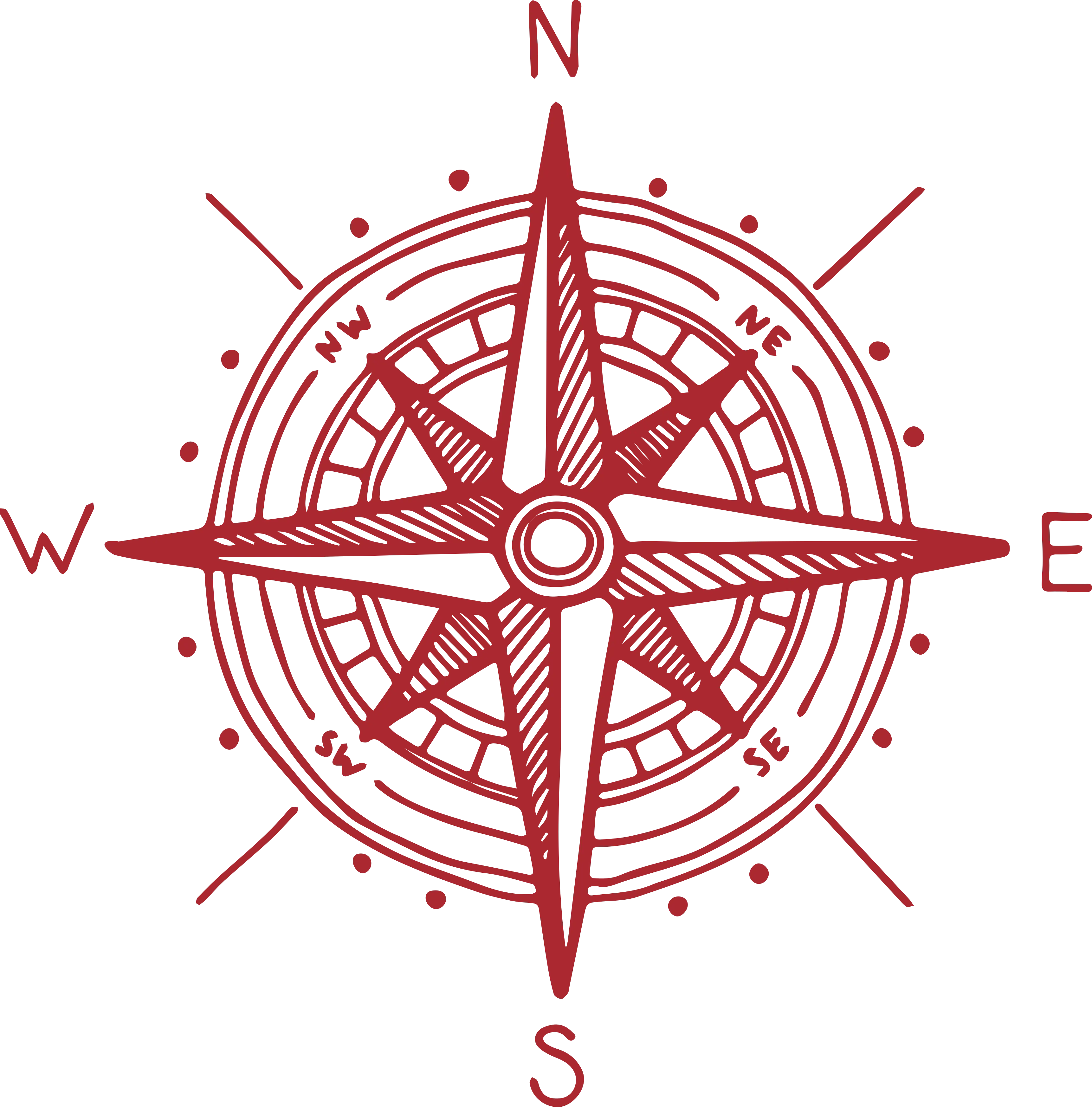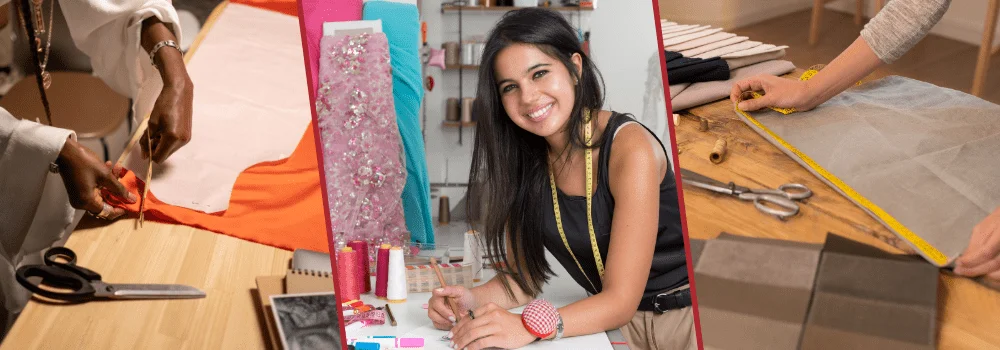How to Become a Pattern Maker (Fashion Design)?
Learn the essential steps, skills, and career prospects for becoming a successful pattern maker in fashion design, and explore top colleges offering relevant courses

In this Career Outline

Introduction to Pattern Maker (Fashion Design)
"In fashion, the pattern maker is the architect of the design, turning vision into form with precision and skill."
Designs and layouts are used in a wide range of products. While architects and molders contribute to pattern creation, it’s typically pattern makers who bring these designs to life. Most pattern makers gain skills through vocational training or technical colleges, with apprenticeships usually lasting three to four years. They must be comfortable with geometric concepts and able to visualize designs in 3D. With technology advancing, computer and mechanical skills are also important. Many pattern makers are self-employed, offering freelance services across various industries. While some work in fashion, others focus on woodworking or construction.
Steps to Become a Pattern Maker (Fashion Design) :
Step-1
Understand the responsibilities and work environment of a pattern maker. Familiarize yourself with the industry standards and the types of projects you'll work on.
Step-2
Obtain an undergraduate degree in fashion design or a related field. Certain roles might require a postgraduate degree for more advanced positions.
Step-3
Intern or work in fashion studios to gain practical experience. Real-world experience helps you understand the nuances of pattern making and garment fitting.
Step-4
Master pattern drafting, draping, and sewing techniques. Proficiency in CAD software and pattern making tools is also essential.
Step-5
Create a comprehensive portfolio showcasing your pattern making skills. Include examples of patterns, designs, and finished garments.
Step-6
Connect with professionals, attend fashion events, and join fashion design groups. Networking can lead to new job opportunities and collaborative projects.
Step-7
Look for job openings in fashion houses, apparel companies, and design studios. Tailor your resume and cover letter to highlight your pattern making skills and experience.
Eligibility Criteria
| Eligibility Criteria | Description |
|---|---|
| Eligibility | Must possess at least 50% aggregate from a recognized institution (PUC/CBSE/ICSE/ISC, etc.) |
| Educational Background | High school diploma or equivalent. |
| Undergraduate Degree | A Bachelor's degree in Fashion Design, Fashion Merchandising, or Visual Arts can be advantageous but may offer a broader overview rather than a specific focus on Pattern Making. |
| Postgraduate Degree | An advanced degree like M.F. Tech in Fashion Design for enhanced knowledge and career prospects. |
| Entrance Exams | Valid score in entrance exams such as NIFT, NID, DAT, CEED, AIEED, UCEED, or SOFT; some colleges have their own entrance exams. |
- Must have at least 50% in 12th grade from any recognized board (PUC/CBSE/ICSE/ISC). Cut-off marks vary by college.
- A Bachelor's degree in Fashion Design, Fashion Merchandising, or Visual Arts is beneficial but covers a broad overview of Art History, not just Fashion.
- Obtain a valid score in Entrance exams after 12th like NIFT, NID, or CEED. Some colleges may have their own exams if you don't have a satisfactory score.
- A degree, diploma, or certification in Pattern Making from a recognized institution is required.
- An M.F. Tech in Fashion Design is advantageous for advanced learning and career growth.

Not eligible to pursue this career?
Find out different career options based on your current academic accomplishments. Enquire with our career experts and build a roadmap to your career success!
Tasks to perform as a Pattern Maker :
Knowledge & Skills Required
Pattern Makers must possess a wide array of skills to succeed in their careers. Here are the key knowledge areas and skills needed to excel in this field:
| Knowledge Required | |
|---|---|
| Understanding of various pattern drafting methods, including flat pattern drafting and draping. | Proficiency in CAD software for creating and modifying digital patterns. |
| Knowledge of different fabrics and how they affect pattern fitting and garment construction. | Ability to take accurate measurements and adjust patterns to ensure proper fit and comfort. |
| Familiarity with sewing techniques, garment fitting, and assembly processes. | Awareness of current fashion trends and how they influence pattern design and garment styles. |
| Skills Required | |
|---|---|
| Technical Drawing | Sewing Knowledge |
| Fabric Knowledge | Attention to Detail |
| Software Proficiency | Mathematical Skills |
Understanding What are soft skills? and why is it important,as they complement technical abilities and enhance overall performance in the field of Pattern Maker .

The Knowlegde and Skills don't intrigue you?
Your career may not align with your interests. Identify them and match with careers requiring those skills for faster growth and success!
Job roles offered for a Pattern Maker :
Once qualified as a Pattern Maker, numerous career opportunities open up:
Creates garment designs by sketching templates and ensuring pieces fit together properly. They may work in garment manufacturing or fashion schools, adjusting designs as needed.
Use computer-aided design tools to create precise plans and blueprints for products and structures, collaborating with designers and adhering to architectural standards.
Manages staff, oversees customer service, and acts as a liaison between administration and marketing in the fashion industry.
Work closely with design teams to develop and refine patterns for garments, often requiring skills in design software like Photoshop and Illustrator.
Designs clothing, accessories, and footwear. They create prototypes, oversee production, and present their designs at fashion shows, requiring knowledge of textiles and design software.

Not sure where you fit in?
With countless career options, choosing the right path can be tough. Analysis and guidance sessions help clarify what to study, pursue, and achieve.
Career Opportunities for a Pattern Maker :
Pattern Maker s can opt for various fields of work in the companies listed below:
| AND Fashion | Swarovski | Adidas |
| Allen Solly | Raymond Ltd. | Everblue Apparel Ltd. |
| Reliance Industries | Amazon | Aditya Birla Group |
| Van Heusen | Levi Strauss & Co |
Colleges offering courses for Pattern Maker :
Here is the list of colleges offering the Best courses after 12th:
| Army Institute of Fashion and Design, Bangalore | Symbiosis Institute of Design, Pune |
| Vogue Institute of Art and Design, Bangalore | National Institute of Design, Ahmedabad |
| Amity Institute of Fashion Technology, Noida | Pearl Academy, Delhi |
| National Institute of Fashion Technology, Mumbai | International Institute of Fashion Design, Pune |
| Lovely Professional University, Jalandhar | Mount Carmel College Autonomous, Bangalore |
End Note
Becoming a pattern maker in fashion design is a fulfilling journey that combines creativity with technical expertise. If you’re passionate about fashion and detail-oriented, this career could be your perfect fit. Connect with our experts at SetMyCareer to get personalized Career counselling after graduation and take the first step toward achieving your career goals in fashion design. Reach out to us today!
In this Career Outline
You don't fit in as a Pattern Maker (Fashion Design)?
Find out your best suitable career by booking an appointment with our experts
Book nowGet In Touch
No. 14/595, 1st Floor, Nanjappa Reddy Layout, Koramangala 8th Block, Bangalore 560095





